
Developing Sustainable TPE Applications
Our dedicated team of application development experts has decades of experience improving the sustainability of products and manufacturing processes using a wide variety of material technologies. Our goal is to provide our customers with the tools they need to explore new ideas, solve production issues and shorten their time to market — all while addressing the challenges associated with implementing sustainable initiatives in their industry.
A strong complement to our portfolio of custom material solutions, our team’s application development expertise includes the following capabilities:
• Technical support for part and tool design, as well as prototyping
• Guidance when it comes to specifying equipment
• Real-time part and process screening using production-scale equipment
• Bringing CAD and FEA concept designs to life
• Mobile engineering support for on-site assistance
Design for Recyclability
One of the ways we support our customers in implementing and achieving their sustainability goals is through design for recyclability support. Although TPEs are recyclable, they’re frequently combined with other materials using techniques like co-extrusion, insert molding or 2K overmolding. As a result, they're often only a part of the final product. Our dedicated team of application development specialists assists our customers with optimizing these material combinations to promote recyclability of the entire construction. For example:
• In packaging, we replaced silicone with TPE on the valve of a polypropylene (PP) dosing cap, allowing the entire cap to be recycled with the PP stream.
• In transportation, we redesigned rubber seals that have a glass fiber-reinforced polyamide backbone using a TPV and thermoplastic polyolefin (TPO)-reinforced core to promote recyclability of the entire construction.
Light-weighting
In addition to providing design for recyclability support, we enable our customers in the consumer products, automotive and building and construction industries to hit their sustainability goals through light-weighting parts. Popularized by the automotive industry to improve fuel efficiency and vehicle performance, light-weighting is expanding to other industries — both for environmental and economic sustainability reasons. This process involves taking the weight out of products either by using alternative materials with a lighter weight or by reducing the amount of raw materials. Our applications development team approaches light-weighting in three ways:
• First, we can replace high specific gravity materials with TPE alternatives. For example, Sarlink® TPV is an ideal light-weight alternative to EPDM rubber in weather seals, with a specific gravity of 0.95 versus 1.25, respectively. This change reduces weight by 24 percent.
• Second, we can redesign parts to use less material — whether that means changing a part’s wall thickness or optimizing profile geometries. In the same example, we can reduce weight by an additional 30 percent by optimizing the TPE seal design — e.g., using a thinner profile.
• Third, we can utilize foaming technology to reduce part density and resin usage. We offer styrenic TPEs and TPVs with optimized rheological properties for chemical or physical blowing agents, reducing weight by up to 40 percent. Continuing the example above, foaming the redesigned TPV seal has achieved a total weight savings of 50 percent compared to the original EPDM seal.
With each of these three approaches, we help our customers select the right material, design their parts and tools, specify equipment and more.
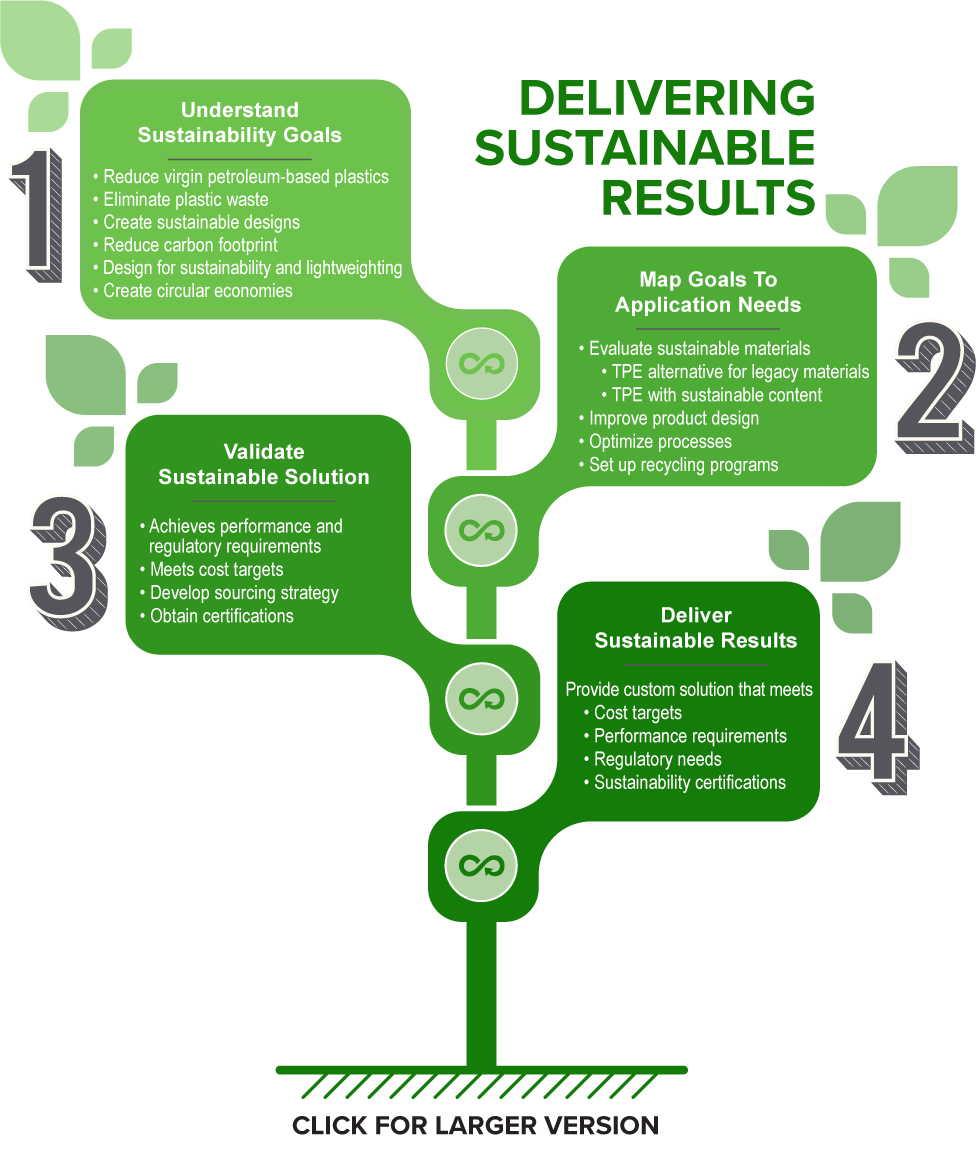

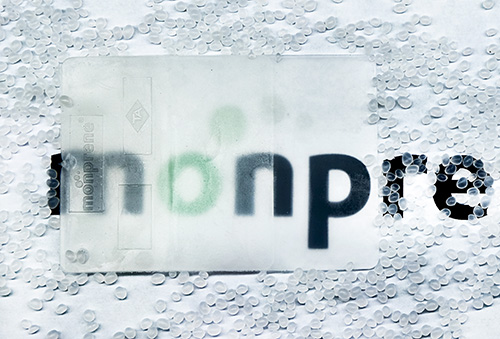
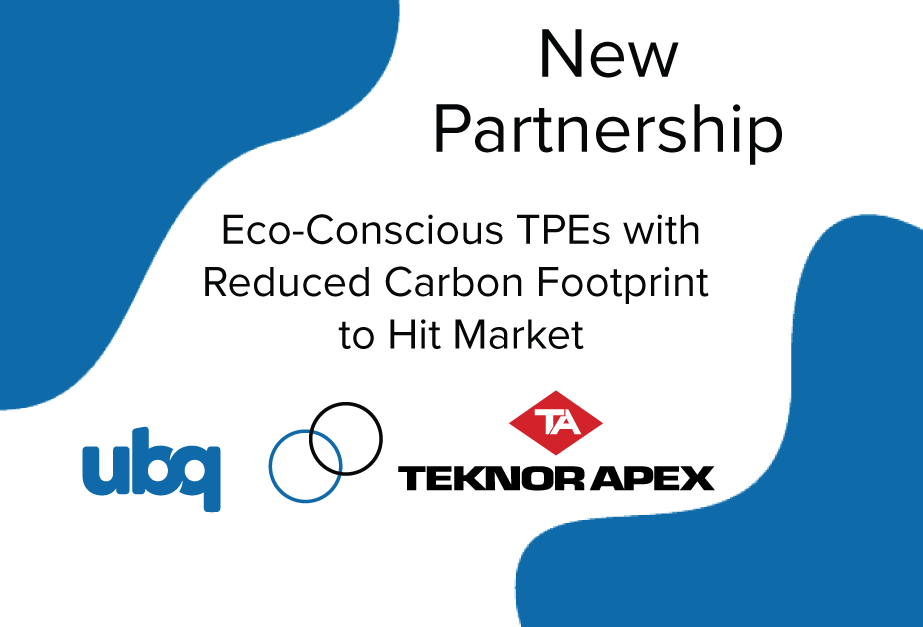
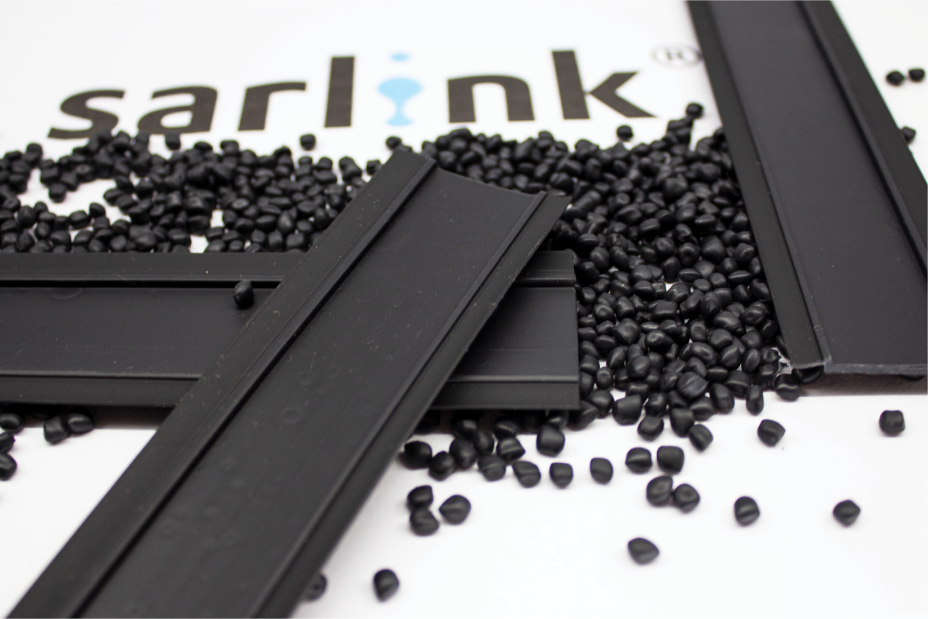
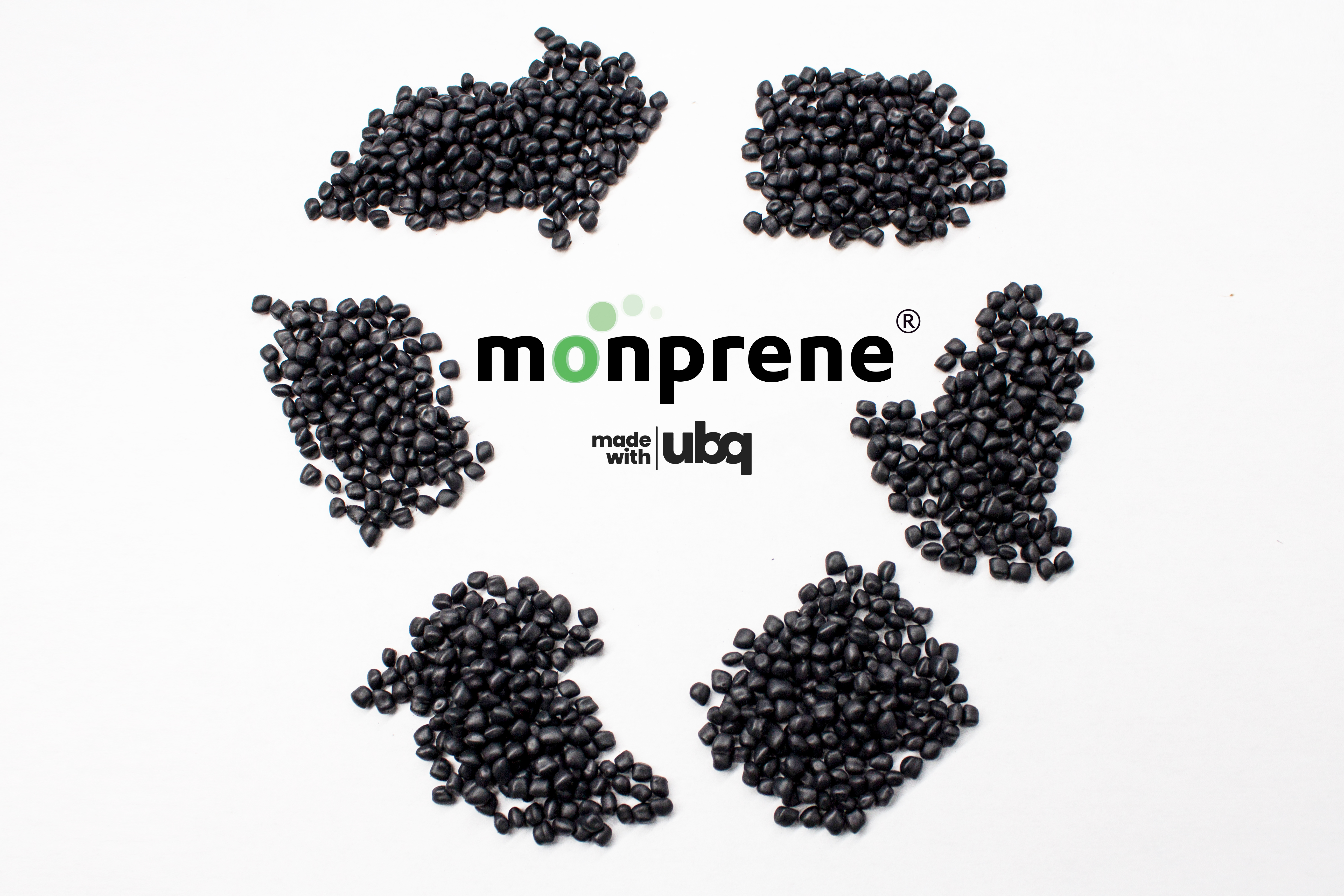
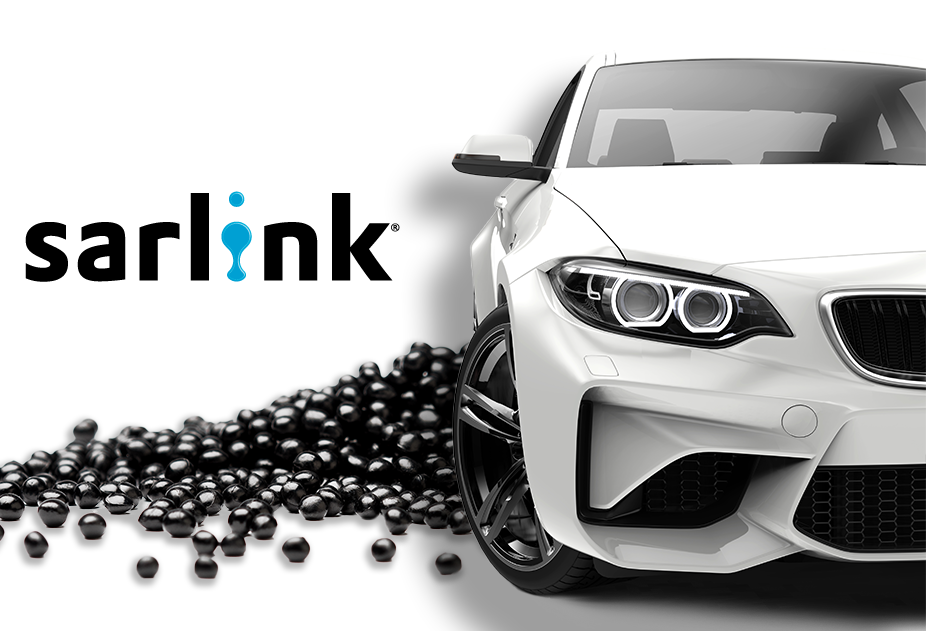

 Optimizing Plastic Processes
Optimizing Plastic Processes